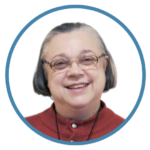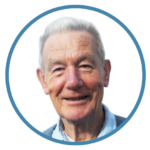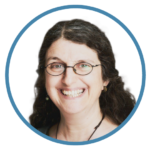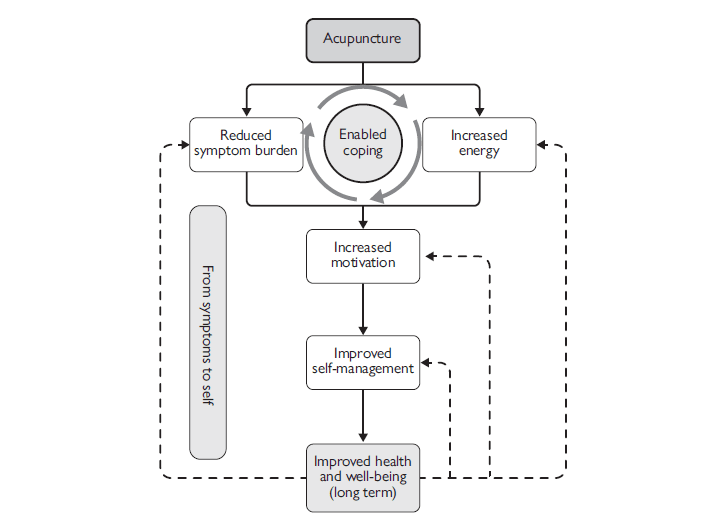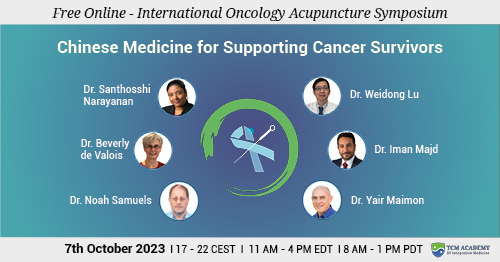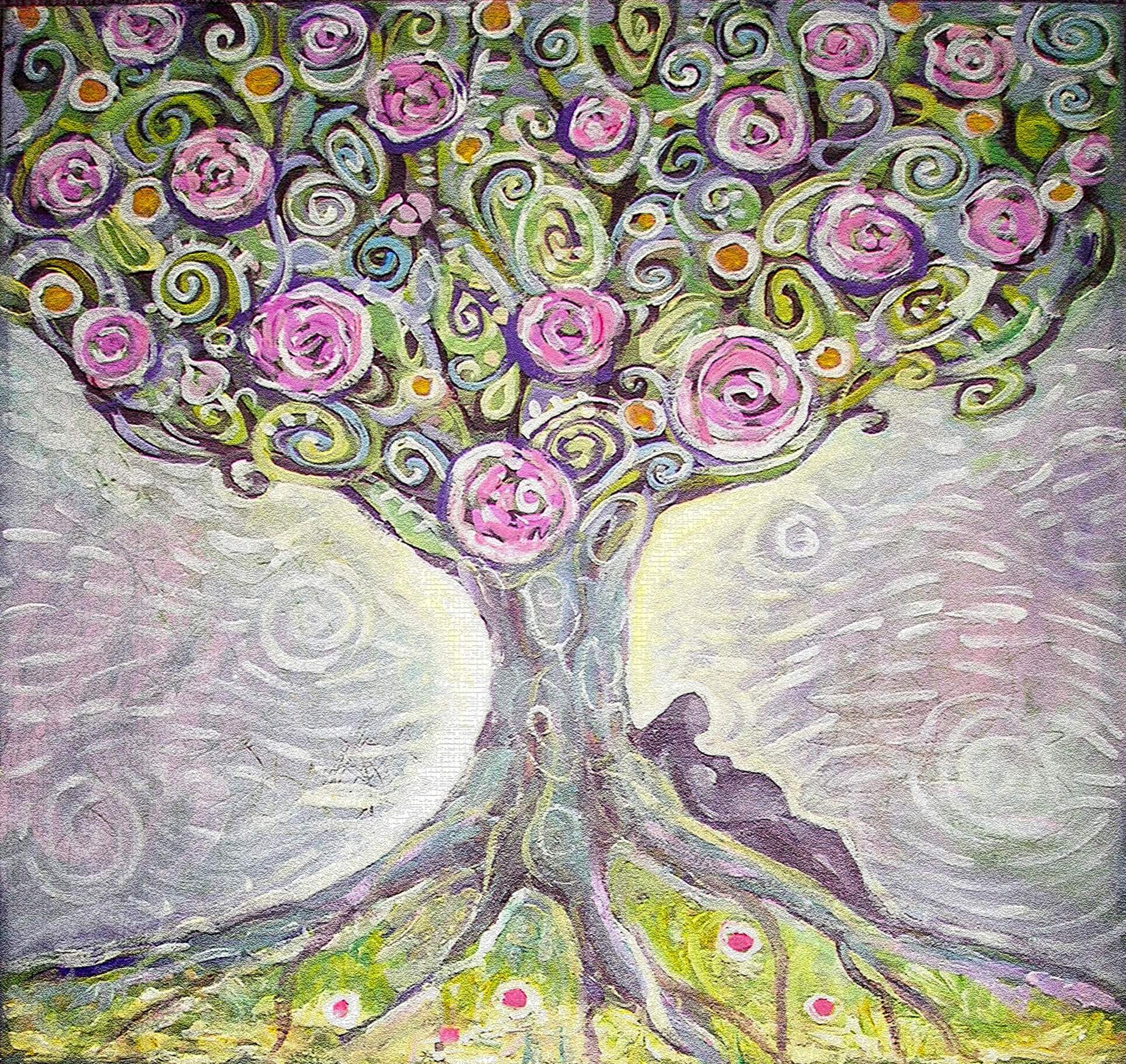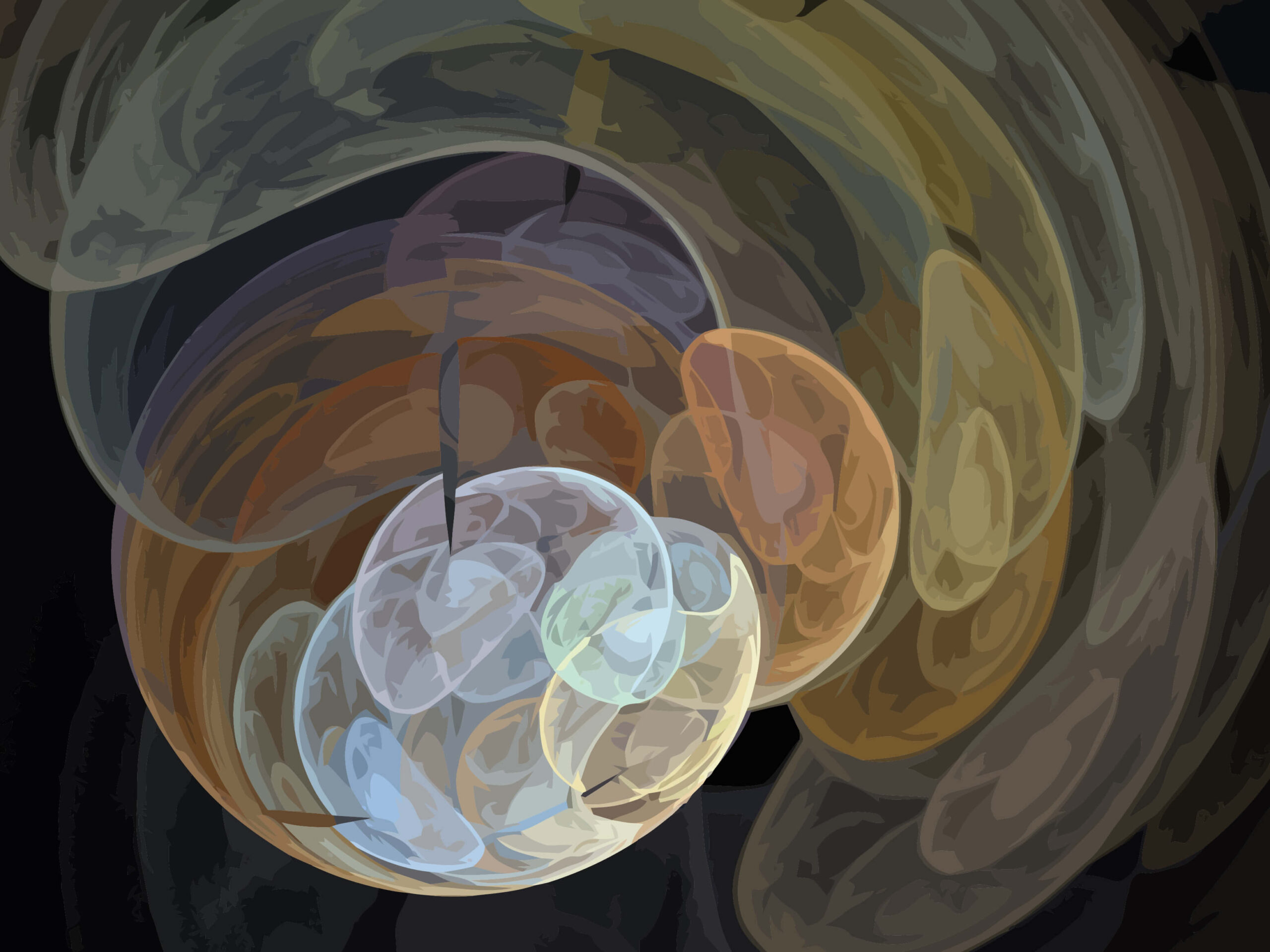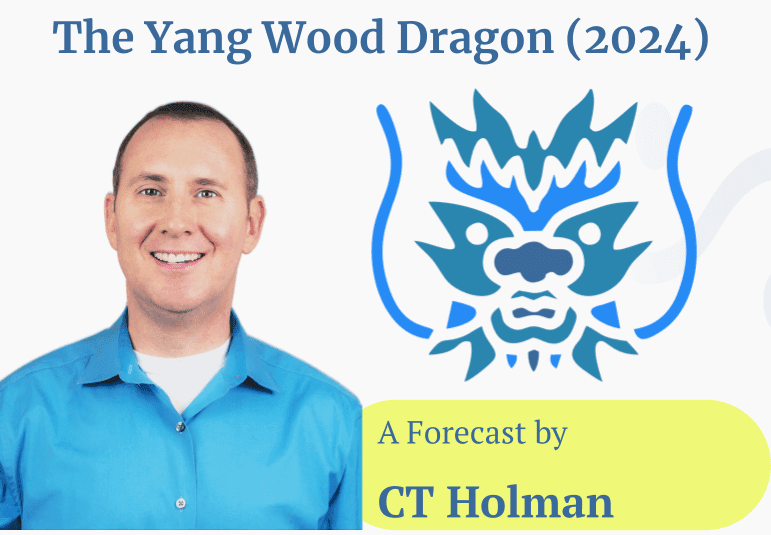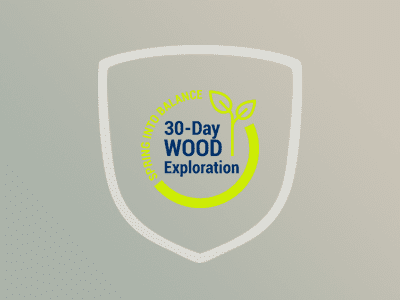Offering Complex Patients a
Simple Piece of Heaven
Chapter 4 from
ACUPUNCTURE AND CANCER SURVIVORSHIP
by Beverly de Valois
With permission of the author and the publisher, Singing Dragon
Introduction
The scope for managing complicated conditions using uncomplicated approaches, and the empowerment acupuncture can bring to cancer survivors is expressed in the following quotes:
Keep it simple so complicated things can happen. (Dr Michael Smith)*1
I think the underlying feeling is that you are actually able … you’re doing something to help yourself, where prior to [having acupuncture], you felt quite useless. There was nothing you could do to aid your recovery, really. (Breast cancer survivor with lymphoedema)*2
Supporting people who have been treated for cancer lies within the scope of qualified acupuncturists. The remaining chapters of this book describe some of the issues cancer survivors bring to clinic and illustrate how acupuncture can help them. As well as exploring approaches to these issues, we hear the voices of patients who share their experiences of acupuncture treatment in the quotations and case studies presented throughout.
Acupuncture is a diverse and flexible discipline, within which each practitioner brings their own approach to provide the best patient care. Apart from the section on safety, the guidance in this chapter is intended to be illustrative rather than prescriptive, to help and not hinder. It stems from my style, which evolved from my training, experience, continuing professional development, and the different contexts I have worked in. It illuminates how I have applied the techniques described throughout this book and informs the treatment approaches detailed in the case studies.
Guidelines for treating cancer survivors following active treatment
ESSENTIALS
I have three basic guidelines to approaching treatment:
- Keep it simple.
- Treat what you see.
- Understand cancer and cancer treatments and their consequences.
1. Keep it simple
In 2008, I discovered a paper bearing the title of this chapter.*3 The title was immediately appealing. So was Daniel Schulman’s discussion of the challenges of treating patients whose complex presentations frustrated his attempts at pattern differentiation.
These were patients whose presentations he described as ‘daunting, overwhelming and intimidating all at once’. Diagnosis was complicated by the patient’s inability, due to their ‘multi-symptomatic and medication-induced confusion’ to provide ‘consistent and informative answers to the finer questions’ Daniel liked to ask.
His eventual solution was to devise a simple, adaptable treatment strategy for complex patients based on the ‘Early Heaven – Later Heaven’ framework. This simultaneously engages the patient’s pre-heavenly or constitutional essence (xian tian zhi jing, or congenital, prenatal, or inherited jing) by addressing the Kidney while generating the post-heavenly or acquired constitutional essence (hou tian zhi jing) by addressing the Stomach, to offer the patient a connection between their past and their present. This informed his approach and his compelling title.
This paper spoke to me. I had completed two research studies investigating using acupuncture to manage breast cancer treatment-related hot flushes and night sweats.*4 In the first of these, using a semi-individualised protocol, I felt I stretched acupuncture to the limit to address the complex presentations of the study participants. In the second, I witnessed how an apparently simple standardised ear acupuncture protocol could achieve remarkable results. I was poised to start my third research study, investigating acupuncture in the management of lymphoedema, a condition resistant to treatment and presenting alongside complex comorbidities.
Although I did not adopt Schulman’s protocol, his ethos of keeping treatment simple for complex patients wove itself into my approach to treatment. It was a timely reminder of what I had been taught at the College of Integrated Chinese Medicine – minimal interventions give the best feedback to the practitioner while giving the patient the opportunity to thrive.5 In my early years of practice, it was all too easy to forget this! I was fortunate to also work with the National Acupuncture Detoxification Association (NADA). I benefited from Dr Michael Smith’s admonition to ‘keep things simple so complicated things can happen’.
It takes courage to keep things simple, especially when faced with a patient who is desperate for relief from troubling symptoms. I am grateful to the many teachers over the years who encouraged me to administer a simple treatment, observe and reflect, and then adapt as required. Most importantly, they encouraged me to have patience.
Cancer survivors are likely to have experienced trauma on many levels – physical, emotional, and spiritual as well as financial and social. Respecting this, I treat gently, starting with a simple treatment to assess the individual’s response.
This ‘simple’ approach has enabled me to learn; to see more clearly what I have done and why. This in turn makes it easier to assess what may or may not have worked and informs how to move forward. As I learn about the person, what they need, and how they respond to treatment, I adjust the treatment accordingly.
This also gives the patient time to process treatment. Cancer survivors often need stability and time to process the changes they have experienced before they can move on. Adopting a simple treatment approach minimises the risk of overwhelming or overstimulating the patient.
Simplicity has become a mainstay of my style. When I stray from this principle, I notice the results are less good and I must simplify again.
2. Treat what you see
Qualified acupuncturists can observe, diagnose, and develop a treatment plan within the theoretical framework(s) for which they are trained.
There are patterns, syndromes, and generalisations that are understood to be associated with cancer treatments. Experience has taught me that these can be incorrect.
Questioning the received wisdom
When I designed the protocol for my first hot flush study, I consulted the textbooks, journals, and leading practitioners at the time. (There is far more information available about hot flushes and acupuncture than there was in 1999–2000.) The consensus was that Kidney yin deficiency was the key syndrome underlying hot flushes. Consequently, I designed my protocol around this. When my research clinic started, I expected to see patients with the tongue presentation associated with Kidney yin deficiency – red, dry, and peeled in patches. Yes, there were some of those, but there was a range of other presentations, causing me to question the received wisdom (see Chapter 8, Cancer Treatment-Related Hot Flushes snd Night Sweats).
This taught me to treat what was presenting, regardless of the theory. While theory can inform, patients rarely conform. Understanding this liberated my practice. Eventually, it was helped me understand that moxa can be an appropriate modality for treating hot flushes, a symptom for which moxa is generally contraindicated.
The diversity of cancer survivors as a patient group
Cancer survivors are a hugely diverse patient group. They have different tumour types, have undergone different treatment regimens, are of differing ages, come from a range of ethnicities and socioeconomic groups, and have widely varying comorbidities for which they may be taking any number of medications. Cancer survivorship as a study is also a relatively new phenomenon and will constantly change as medical treatments for cancer evolve and survivors live longer. These are all cogent reasons for treating what you see, within the context of your theoretical framework(s).
3. Understand cancer and cancer treatments and their consequenc
To work with cancer survivors, it is essential to understand cancer and its treatments. It is vital to recognise signs and symptoms of cancer, understand the course of the disease, be realistic about prognoses, and be able to refer.
It is also important to understand the rationale for the biomedical advice given to patients and be conversant with specialist terms used in oncology. This facilitates better understanding and communication with both cancer survivors and their healthcare professionals.
At a minimum, find an introductory course about cancer and its treatments; it does not need to be acupuncture related. Many cancer centres provide introductory training to their new employees or volunteers, which may be open to others to attend. This book provides background and insight into the challenges facing cancer survivors who are shaping their lives to accommodate the ‘new normal’ of life after cancer treatment. For specific and more detailed information, there are also many good sources of information about cancer and its treatments. See the Further Information and Resources section in the Apendices for examples.
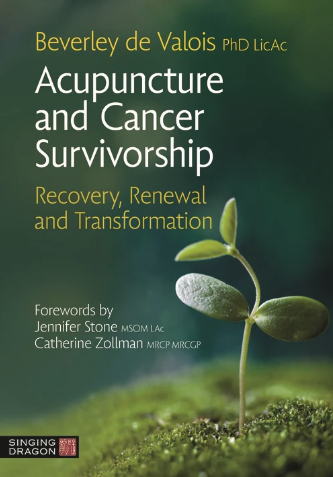
Read the whole Chapter or get the book
The author, along with the publisher Singing Dragon, has kindly shared an entire chapter for those eager to explore their book further. It’s an excellent opportunity to dive deeper into the subject matter and expand your understanding.
Use the code – TCMACS10 – to get 10% off the book. This can be used at www.singingdragon.com. This discount is valid until the end of September. It cannot be used in conjunction with any other offer.

